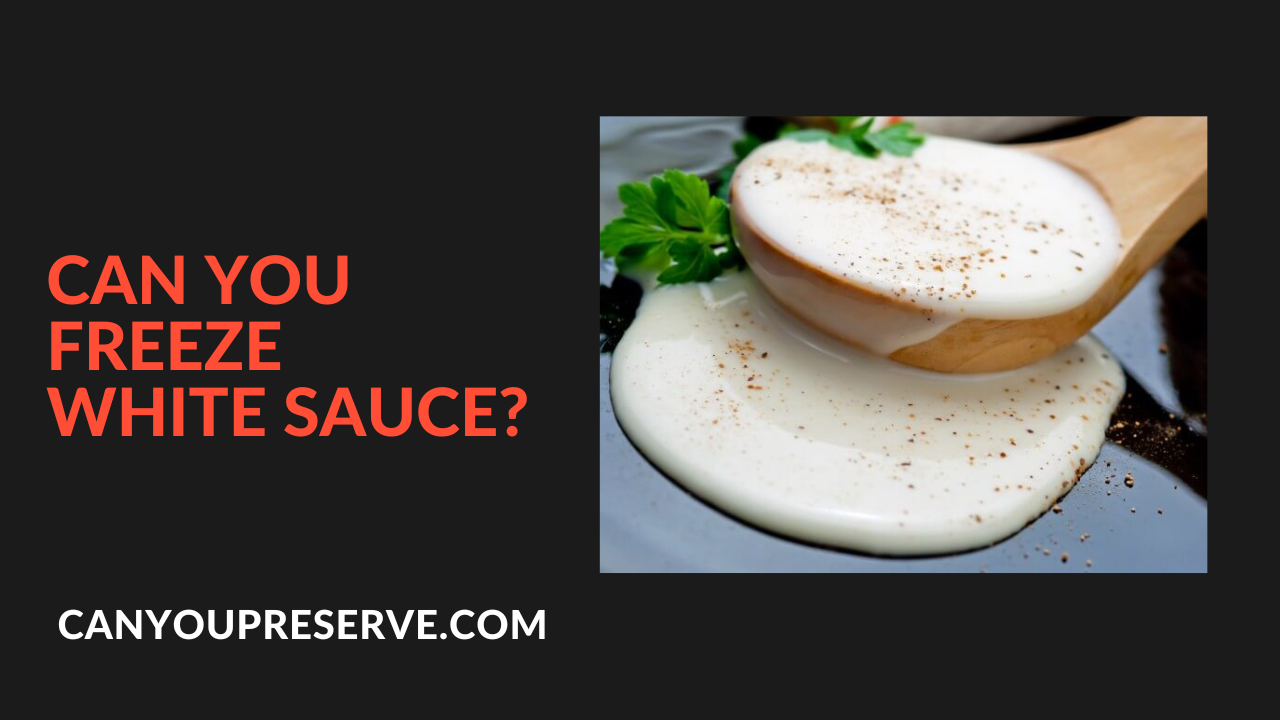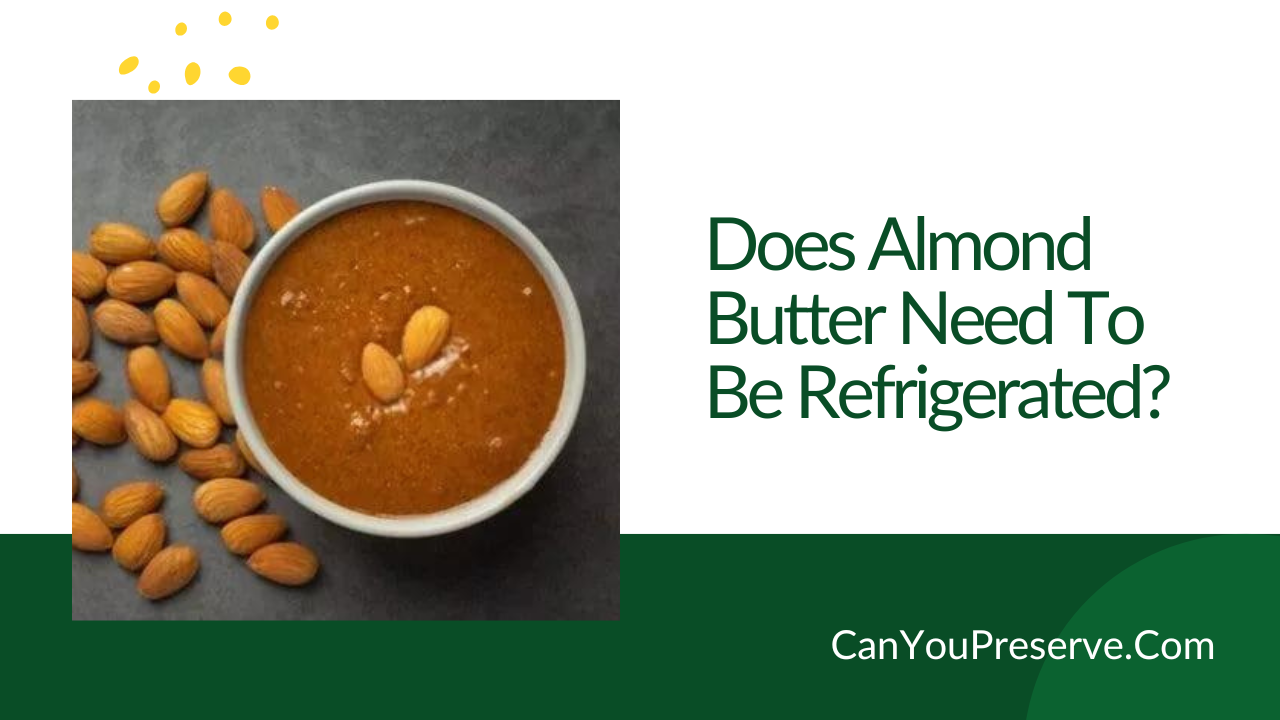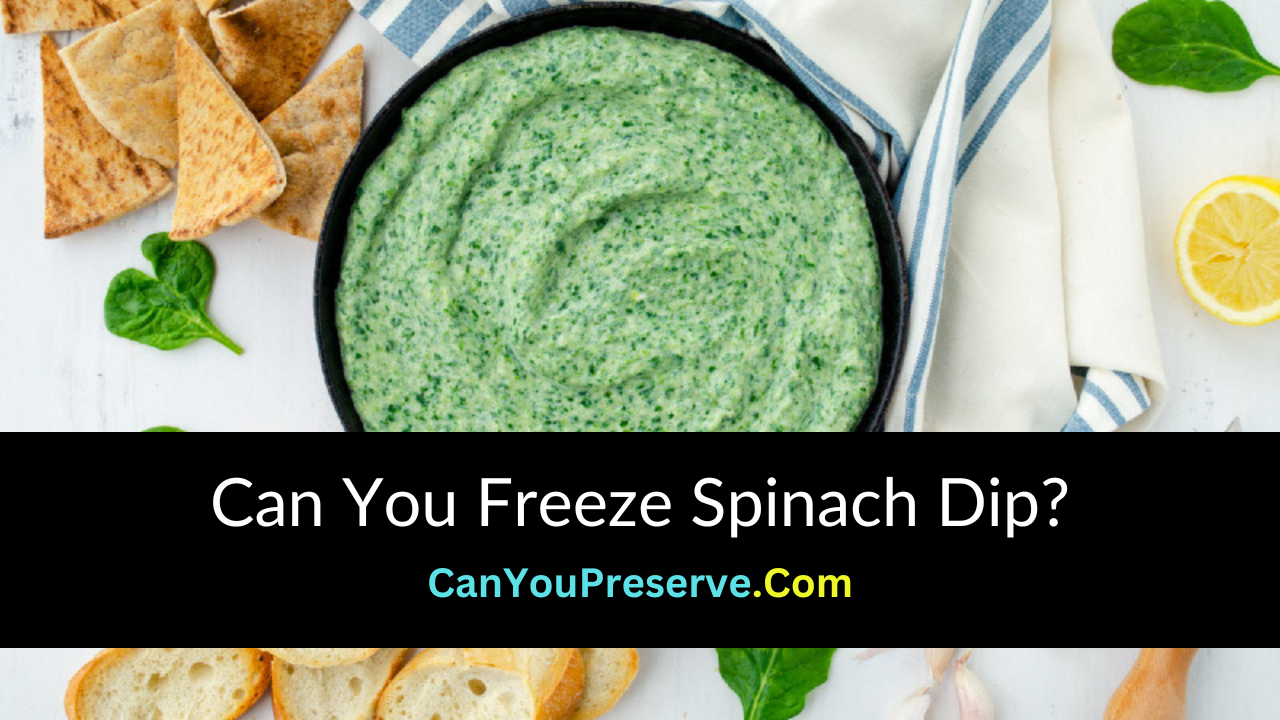Can You Freeze White Sauce: Bechamel sauce or white sauce is arguably one of the mother sauces of French cuisine and is a classic comfort food to pull out of any recipe. White sauce can be used in lasagnas, pie fillings, binding ingredients in stuffed crepes, gratings, etc.
Now what comes to your mind is if you have bought a big bottle of white sauce, how are you supposed to store it? Do you freeze it or just keep it on the counter? Well, come let’s cover all of that and also learn about some storage tips for white sauce, in detail in this article.
- Can You Freeze White Sauce With Cheese?
- Can You Freeze Homemade White Sauce?
- How Long Can You Freeze White Sauce?
- How To Freeze White Sauce?
- Best Tips To Freeze White Sauce Properly
- How To Defrost White Sauce?
- How To Adjust Thickened White Sauce?
- Is white sauce the same as Alfredo sauce?
- Can you freeze sauce with pasta in it?
- Can You Freeze White Sauce With Cheese?

Can You Freeze White Sauce With Cheese?
Yes, white sauce freezes moderately well but sometimes it can show some side effects. If you freeze your white sauce with cheese or without, the water from the milk and fat from the butter can tend to most likely separate once the sauce is frozen nd thawed.
This will make your sauce look grainy, but not to worry as this can be fixed. Just warm it up in a pan and add a tiny knob of butter to fix the texture.
But, refreezing is not something that you would want to do to your white sauce. Refreezing will worsen your sauce’s texture dramatically by separating the water and fats permanently which can’t be altered.
Instead, make and store your white sauce in small portions so that you can thaw and use it up entirely rather than needing to refreeze it.
Can You Freeze Homemade White Sauce?
Yes, Freezing homemade white sauce is a must. White sauce can be easily made in the comfort of your home by using easily available ingredients.
However, storing your homemade sauces calls for a more secure storage technique. This is because the store-bought white sauce can have some added preservatives and stabilizers that can extend its shelf life beyond the expiration date too.
But your homemade one will not have any of that and the ingredients in it will start reacting and decomposing if not frozen properly.
The more natural or organic your sauce is, the more it is prone to decompose due to bacterial growth. Additionally, it is always recommended to make small batches of white sauce and finish them up as soon as possible.
How Long Can You Freeze White Sauce?
White sauce if cooled down first at room temperature and then put in the refrigerator then it can stay fresh for about a week. If you aim to store it further then white sauce can be frozen perfectly in the freezer for up to 6 months with no change in its taste or texture.
However, the longer you leave it in the freezer the more are the chances of separation.
Always make sure to maintain a date label on your storage container to avoid further wasting it time. Now if you are wondering how Long Homemade White Sauce Last? then homemade white sauce can be frozen for a couple of days but make sure to not use contaminated utensils while thawing.
Read More:
How To Freeze White Sauce?
Storing white sauce calls for a cold and dark place with no temperature fluctuations. Before freezing white sauce make sure you have cooled it down to room temperature first. Now, that your white sauce is at room temperature let’s see the steps to store it properly:
- Step 1 – Grab a freezer-safe bag and pour your entire white sauce into it. You can use the one-spoon equivalent portion to understand the quantity and how long this bag of sauce is going to last.
- Step 2 – Squeeze out any excess air and pat the body of the bag to allow any trapped air bubbles to escape. Next, seal the bag properly.
- Step 3 – Now take an air-tight container big enough to fit in this bag of sauce and put it in the jar. The reason for double layering is that both cheese and milk tend to absorb other food odours in the freezer that can adversely affect the smoothness of your sauce.
- Step 4 – Finally, place this container inside the freezer and make sure it has a stable temperature close to 0 degrees F.
Best Tips To Freeze White Sauce Properly
Now that you know how to freeze white sauce properly, let’s discuss the best tips that you can follow to help your white sauce give the best results. These are:
- Avoid adding cheese or any other flavorings to the white sauce if you plan to freeze it. Add flavors once you have defrosted it.
- Once you have thawed your sauce while defrosting, place it on a pan at low heat and give it a whisk which will deal with separation. Once that’s done drop one small cube of butter to revitalize the smoothness.
- White sauce is best recommended to be used in cooked dishes like lasagne where it will mask the natural textural change of the dish.
- Additionally, two things to avoid while reheating your sauce are, do not leave it on the simmer but keep stirring gently instead and if you see any texture change don’t add water, use milk or butter instead.
How To Defrost White Sauce?
For defrosting your white sauce you must thaw it overnight in your refrigerator first. If you have stored them in smaller quantities then thawing them for 3 to 4 hours in the fridge will do the work for you.
In case you are in a hurry, you can take out the bag of sauce from the air-tight container and submerge it in a bowl of warm water for about an hour. This process will not only thaw your sauce but also keep the texture intact.
For reheating you can use a saucepan at a lower heat, if you see the texture has hardened due to evaporation of water or the fats sticking together then you can a spoon of milk to it.
If you are microwaving, make sure the timer is set to nothing more than a minute. Remember to not speed up this process as you will end up curdling your sauce.
If you are preparing a recipe involving Nacho Cheese Sauce and have some leftovers and wondering what to do with it go through this quick guide on Can You Freeze Nacho Cheese Sauce.
How To Adjust Thickened White Sauce?
It may happen that due to some minor loopholes in the storage, your white sauce has thickened. Not to worry here, because the thickening of white sauce is a very common and natural phenomenon that doesn’t mean your white sauce has gone bad.
Here are some tips that you can follow to adjust the consistency depending on the thickness of your white sauce:
- Slightly thick white sauce- To fix this, you must use 1 tablespoon of butter and 1 tablespoon of flour and add it to your sauce after thawing.
- Medium white sauce- For this, you can use 3 tablespoons of butter and 3 tablespoons of flour which is slightly thicker than the 2-tablespoon version of the actual recipe.
- Heavily thick white sauce: Here, you can try adding 4 tablespoons of butter and 4 tablespoons of flour to your thawed white sauce after shallow reheating.
- To thicken a home-cooked white sauce that has come out too thin, you can try adding cornstarch instead of flour. For this, mix 1/2 tablespoon each of cornstarch and water to make a roux and add it to your white sauce creating a slurry mixture, and then stir it into the sauce.
FAQs on Can You Freeze White Sauce
1. Is white sauce the same as Alfredo sauce?
No, Alfredo Sauce is an Italian sauce made with butter, heavy cream, parmesan cheese, and occasionally garlic. White Sauce on the other hand is a French sauce also known as Béchamel sauce and is made up of a dough of flour, butter, and cream.
2. Can you freeze sauce with pasta in it?
Yes, leftover pasta can be frozen with or without sauce but first, make sure to completely cool it down before adding it to the freezer.
3. Can you freeze white sauce with cheese?
Yes, definitely you can freeze white sauce with cheese in it if the cheese is high in fat content. High-fat cheese in white sauce freezes well and is ideal to hold the authentic texture even after defrosting.
Bottom Line
White sauce is one of the longest-lasting Italian dish condiments if you can properly secure it from heat, damp, dry, or too-airy conditions. With this, we have come to the end of this article and we hope we can answer all your questions in the best possible way we could.
Now you no longer have to worry about your leftover white sauce as you will be easily able to store it inside the freezer while keeping all the storage and safety techniques, mentioned in this article, in mind.
Till then, take care, and we shall meet you super soon in our next article. Stay in touch with us to have the latest updates on Does Cocktail Sauce Go Bad and others.



